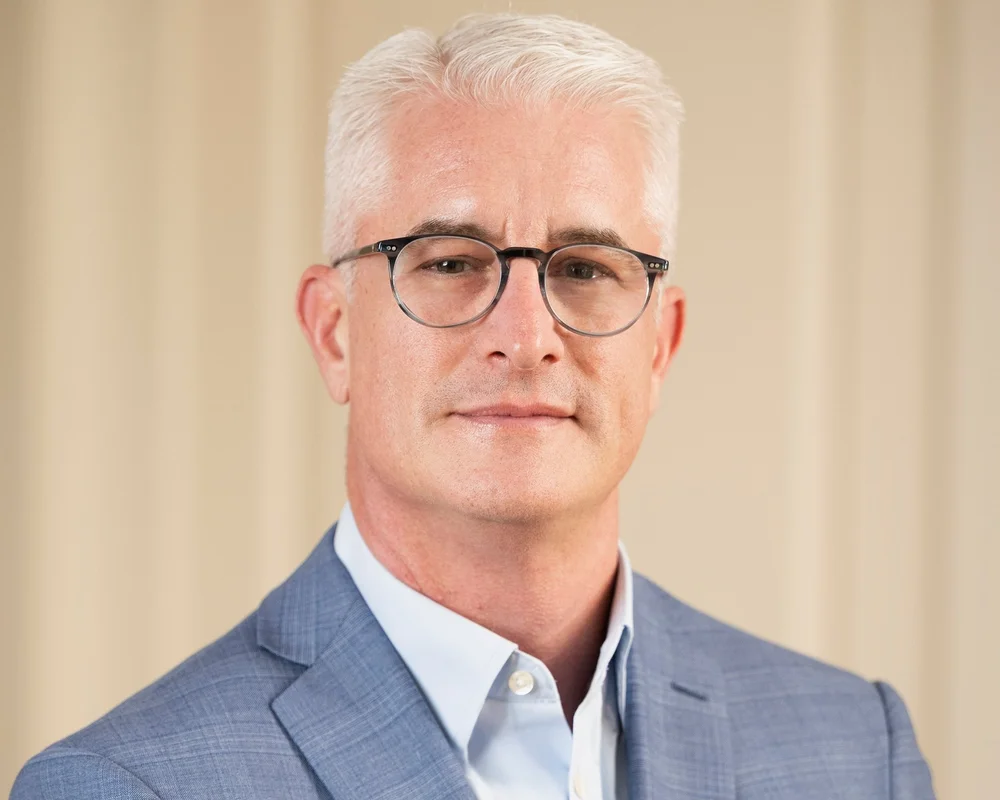 Software-defined networking has been working its way out of the data centers where it was born and into the wide-area network. But much of what we read about that is hard to pin down when it comes to specifics. So I have been looking for people who are putting theory into practice. With us today to share his own experience and vision implementing SDN all the way out at the network edge is Adam Dunstan, President and CEO of Active Broadband Networks.
Software-defined networking has been working its way out of the data centers where it was born and into the wide-area network. But much of what we read about that is hard to pin down when it comes to specifics. So I have been looking for people who are putting theory into practice. With us today to share his own experience and vision implementing SDN all the way out at the network edge is Adam Dunstan, President and CEO of Active Broadband Networks.
TR: Where does Active Broadband Networks focus on in today’s internet infrastructure?
AD: Our action is at the edge of the network where the subscriber connects. We’re managing whatever that unit of flow happens to be. In the mobile world operators can turn on and off services at will, fully dynamically. But in the fixed world there is really no dynamic capability. When an operator changes your service, they kind of reinstall it, reboot the device and do a bunch of provisioning changes, and it’s a whole lot of static configuration changes. So what we’ve done is figure out how to glue the dynamic infrastructure next to the existing static infrastructure.
We started this company in late 2005, and we’d worked together at a router company. What we build is a piece of software that manages residential subscriber services by collecting and analyzing telemetry and using policy. Our customers use this for, at one end of the scale, top talker management and peak period control and at the other end of the scale, to do things like fixed broadband prepaid services. The system consists of a telemetry collection piece with real-time mediation and big data databases, the applications to analyze subscriber data and other network information, and a policy construct that uses those protocols to control network elements. The other piece of the puzzle we have — which it turns out was more of a necessity than anything else — is that we also offer the subscriber portal infrastructure as well. By virtue of the markets, our predominant business has been in cable, although we operate in the DSL and fiber domains as well.
TR: How has Software-Defined Networking entered your world?
AD: What we do is manage flows. And it turns out that when you drill down to the some of the protocols of SDN, that’s what they do. It’s interesting how we found our way to implementing OpenFlow. We have a customer who had recently gained greenfield rights of way. So they asked us if we could provide them with subscriber management across their cable plants and roll that into their fiber network. We asked if they had a B-RAS or a broadband network gateway, and they said they “don’t buy those things, they’re too expensive.” They basically nail up the servers to the modem and then just point it at the core router. What they don’t want to do is spend a lot of money on broadband network gateways. We poked around and verified that outside of the very large operators, it’s not uncommon to do this. We thought there had to be a better way and went looking for a device that sits between the LLP and the core router, like an Ethernet switch.
That led us to what is going on in the SDN/enterprise world. We developed our own Linux switching software and searched for an enterprise style switch with the on/off service controls you need to run service provider networks, but we couldn’t find suitable devices. But we happened to have a conversation with Intel, and moved our OpenFlow-controlled software switch into Intel’s Datapath Developer’s Kit (DPDK) and were able to develop a fully software-defined switch that would allow us to build an SDN-controlled broadband network gateway and at a different price point with all of the service-level controls we had done in the dynamic configurable world before. I describe SDN as the transition from the configurable network to the programmable network. A protocol like OpenFlow lets us program a switch directly that lets us compete in the edge of the network business.
TR: Are SDN and protocols like OpenFlow mature enough to take on tasks this far outside of the data center?
AD: Maybe. As you look across the choices of protocols, OpenFlow seems to be the one that has the most activity, is furthest along, has the most level of implementation, and can do the things we think we need to do minimally. Are there opportunities to make it better? Of course there are, but it’s a fair way along I think. We can certainly get done what we need to get done at the edge of the network in an OpenFlow 1.3 environment.
TR: What sort of things need to be done for SDN to fully take hold at the edge?
AD: I think that there’s a lot of talk about protocols and virtualization, and not a lot of talk about how things are going to get connected to the network. I think it’s wrong to assume that anything will happen in this programmable domain if we’re going to keep using Alcatel 7750s and Juniper MXs. While it is true that you can do most of the things you want to do with programmable networks with these dynamically configurable things, it can be done, but it’s hard and complicated.
TR: So what stage of development are these new SDN-powered products for you at Active Broadband Networks?
AD: We did a demonstration of this in October, so we do have an early product. We will put product in market in Q2, so we’re at that early phase of starting to set up deals with customers. We already have a few people lined up to be our early adopters.
TR: Are any other vendors focusing on using SDN in this part of the network?
AD: I think we’re pretty unique in going after this particular segment of the routing business. There’s a lot of action in the data center and that makes sense. Like the other guys in the carrier business who have been watching the SDN space, we all went over and talked to people in enterprise to learn what they were doing. That brought out the datacenter interconnect and brought in the optical guys. But how many times do they need to standardize the unified control plane, right? I don’t think there’s been a lot of activity around what we’re doing. I think there are some people talking about getting the cloud to interact better with the carriers’ MPLS network, which is an area we have some interest in as well. But most of the activity is coming from cloud-out, and we’re focused on edge-in.
TR: What segments of the industry do you think this will be applied to?
AD: I think as you characterize the service provider edge router business, there are a few segments. There is the consumer connectivity segment, and I think we have an opportunity to substitute in there because while it has benefited from being dynamic, it is an environment where we can drive some cost out and make it easier to manage. There is business services, which can be just providing links but is also often providing other infrastructure elements, like how do you get a half dozen virtual machine cloud elements to live inside your network such that you’re not building VPN tunnels to cross the Internet. That’s also a growing opportunity. Then there’s the convergence market, e.g. connecting ATM and SONET and other legacy networks, although we don’t have an appetite to build those types of interfaces. There’s also the datacenter interconnect, which is surprisingly small, and mobility as well.
TR: What benefits do you think a network operator might see?
AD: I think there are three key benefits here. The first is that in this market there are currently three vendors. The analogy I use is that there are Ferrari, Lamborghini, and McLaren. They build great products, but you need a Ferrari mechanic to fix your Ferrari — you can’t take it down to Jiffy Lube. That’s how the evolution of provider edge routers has become. They’re incredibly flexible and complicated, but few people use them because of the level of complexity involved. We think programmability is a way to dramatically simplify that. The second thing is that these platforms that are used to provision this stuff have custom ASICs in them, they are all quite expensive platforms. Just as we’ve seen home routers and lower-speed devices use more generalized components, we believe we’re now crossing that threshold at the edge of the service provider network as well. That drives an economy of scale which drives out costs. Then with a lower cost and easier to deploy services, you have the freedom to use your programmable network to for the things you might like to do. That could be some crazy content optimization/distribution thing because you’ve just done a deal with Netflix and want to figure out how to drive around congestion. There are opportunities out there to do some clever and interesting things.
TR: What do you think are the next hurdles for this kind of technology?
AD: I think that there are certainly areas that are blocking and tackling, like protocol implementations, and competent engineers can do a good job of that. There are areas where there is a limited knowledge base, like making our switching software work as fast as user-space switching software in a DPDK environment. The next big thing after that is how to integrate with an existing infrastructure to roll out business services. We’re not expecting our customers to turn around and throw anything away; we’re expecting they’ll want to keep their existing infrastructure.
TR: What challenges do you think we face as internet infrastructure and the equipment that makes it work evolve into a new, more programmable, cloud-based era?
AD: Not to be cynical about it, but we have to work hard to find talented people. When I go to trade shows, I don’t see 25-year-old guys, I see 40- and 50-year-old guys. That’s kind of unfortunate, because you wonder where the future talent will come from. In routing, these products have evolved down a complexity path where the people that understand it are getting older and the demand for those people is getting greater. VPs of engineering struggle to find people who can do the most mundane operational tasks in the network. I think that after the Internet bubble there were a whole two generations of graduates who didn’t go into this industry because there was no opportunity. It shows now when you look at the availability of people in a world where we’re going to make the network like the cloud.
TR: Thank you for talking with Telecom Ramblings!
If you haven't already, please take our Reader Survey! Just 3 questions to help us better understand who is reading Telecom Ramblings so we can serve you better!
Categories: Industry Spotlight · SDN · Telecom Equipment






Discuss this Post